The Digital Transformation of Tangible Assets
In an era where digital innovation is reshaping industries, the tokenization of real-world assets (RWAs) emerges as a groundbreaking development. By converting physical assets like real estate, art, and corporate debt into digital tokens on a blockchain, this process is democratizing investment opportunities, enhancing liquidity, and fostering transparency.
Understanding Tokenization: Bridging the Physical and Digital Worlds
Tokenization involves representing ownership rights of tangible assets as digital tokens on a blockchain. Each token signifies a fraction of the underlying asset, enabling fractional ownership and seamless transferability. This mechanism not only simplifies asset management but also opens avenues for broader participation in markets traditionally reserved for affluent investors.
Real Estate: Democratizing Property Investment
Traditionally, real estate investment required substantial capital and involved complex procedures. Tokenization disrupts this norm by allowing fractional ownership of properties. For instance, the St. Regis Aspen Resort was tokenized, enabling investors to purchase shares of the property through blockchain technology. This approach not only lowers entry barriers but also enhances liquidity in the real estate market.
Art and Collectibles: Redefining Ownership and Accessibility
The art world, often characterized by exclusivity, is experiencing a paradigm shift through tokenization. By digitizing artworks into tokens, investors can own fractions of high-value pieces. Platforms like Maecenas facilitate such investments, allowing broader participation in the art market. This democratization not only increases market liquidity but also provides artists with new revenue streams.
Corporate Debt: Streamlining Financial Instruments
Tokenization extends to financial instruments like corporate debt, enhancing efficiency and transparency. By digitizing bonds and other debt instruments, issuers can reach a wider investor base, and investors benefit from real-time tracking and reduced transaction costs. This innovation is poised to transform traditional debt markets, making them more accessible and efficient.
Advantages of Asset Tokenization
Enhanced Liquidity
Tokenization breaks down high-value assets into smaller, tradable units, facilitating easier buying and selling. This increased liquidity benefits both investors and asset owners by enabling quicker transactions and access to a broader market.
Increased Transparency and Security
Blockchain’s immutable ledger ensures transparent record-keeping and reduces the risk of fraud. Investors can verify ownership and transaction history, fostering trust in the system.
Broadened Investment Opportunities
By lowering entry barriers, tokenization allows a more diverse group of investors to participate in markets previously out of reach, promoting financial inclusion.
Challenges and Considerations
Regulatory Uncertainty
The evolving nature of blockchain technology poses regulatory challenges. Clear guidelines are essential to protect investors and ensure compliance across jurisdictions.
Technological Risks
Security vulnerabilities and the need for robust infrastructure are critical considerations. Ensuring the integrity of tokenized assets requires continuous technological advancements and safeguards.
The Road Ahead: Embracing a Tokenized Future
As blockchain technology matures, the tokenization of real-world assets is set to become more prevalent. By addressing current challenges and fostering collaboration between regulators, technologists, and industry stakeholders, the full potential of asset tokenization can be realized, ushering in a new era of investment and ownership.
Note: This article is for informational purposes only and does not constitute financial advice.
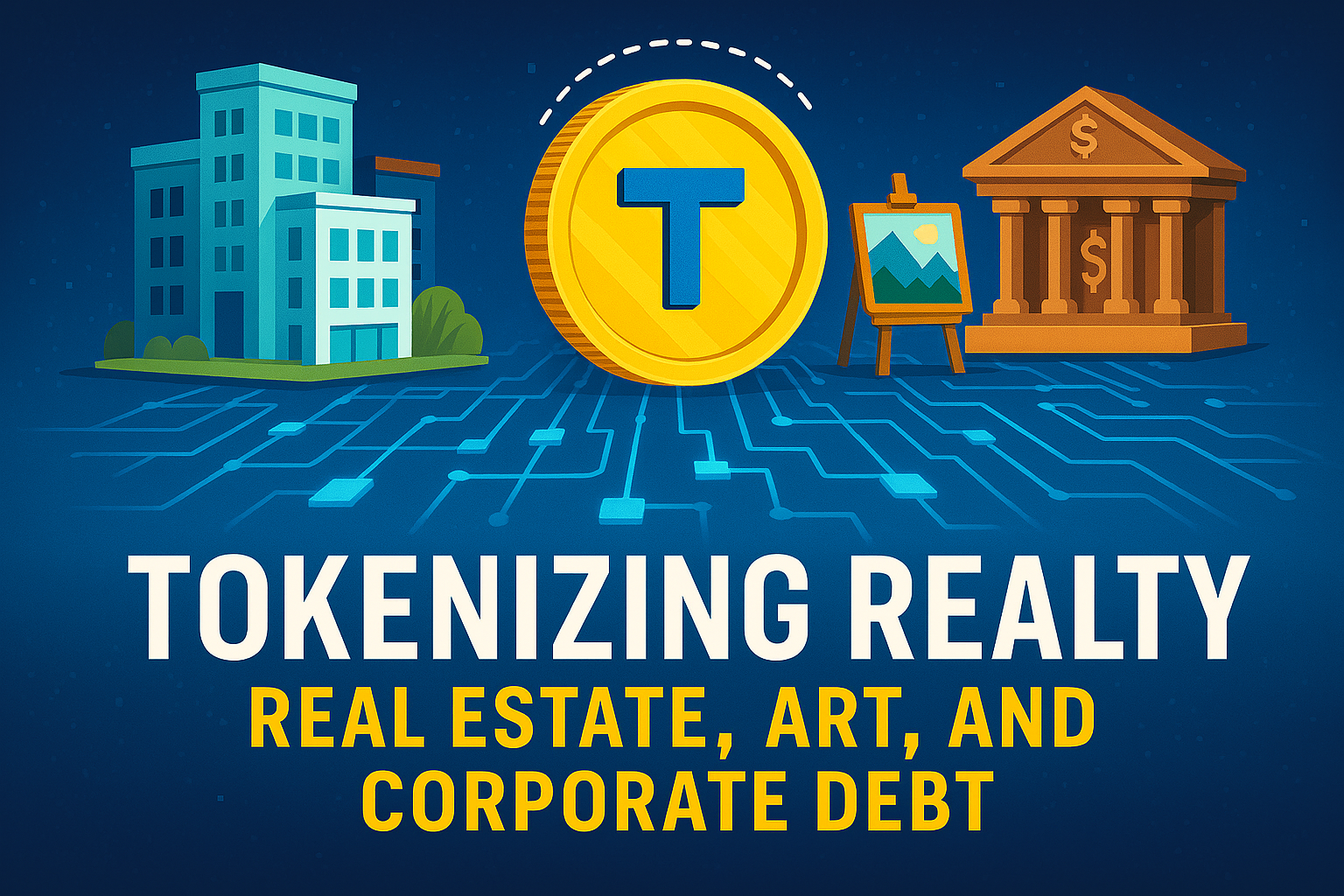

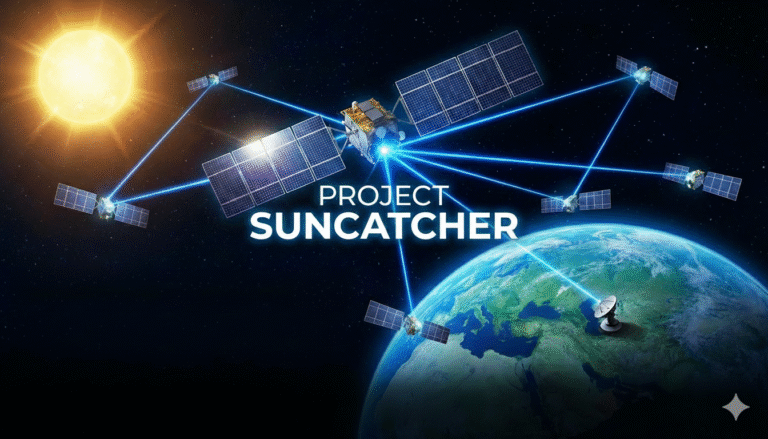
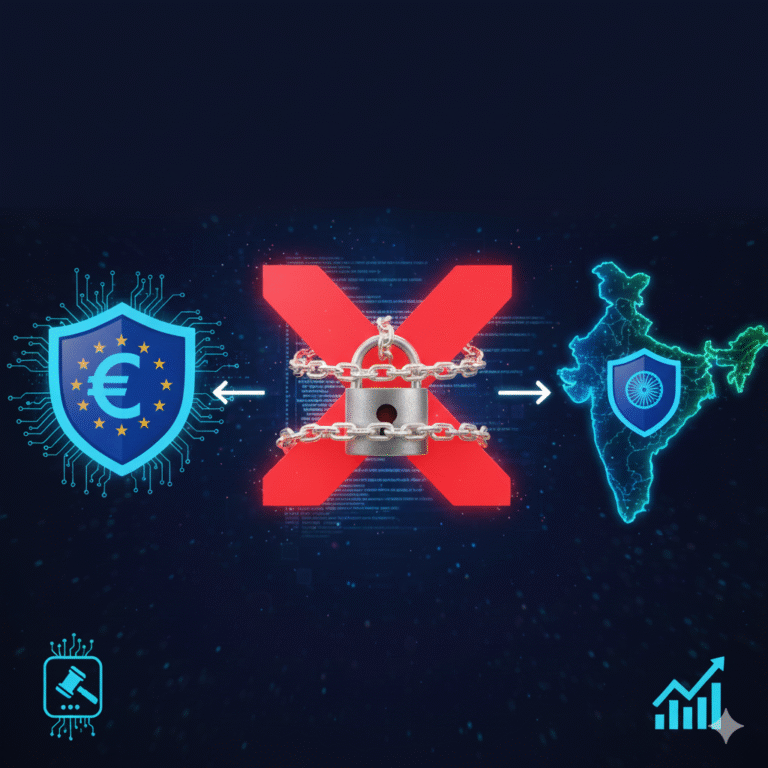
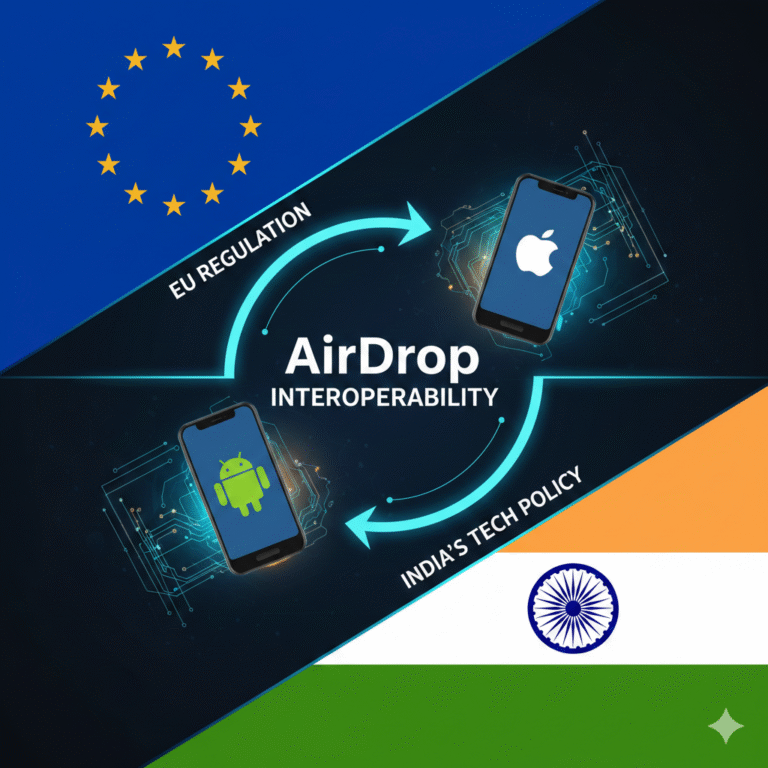


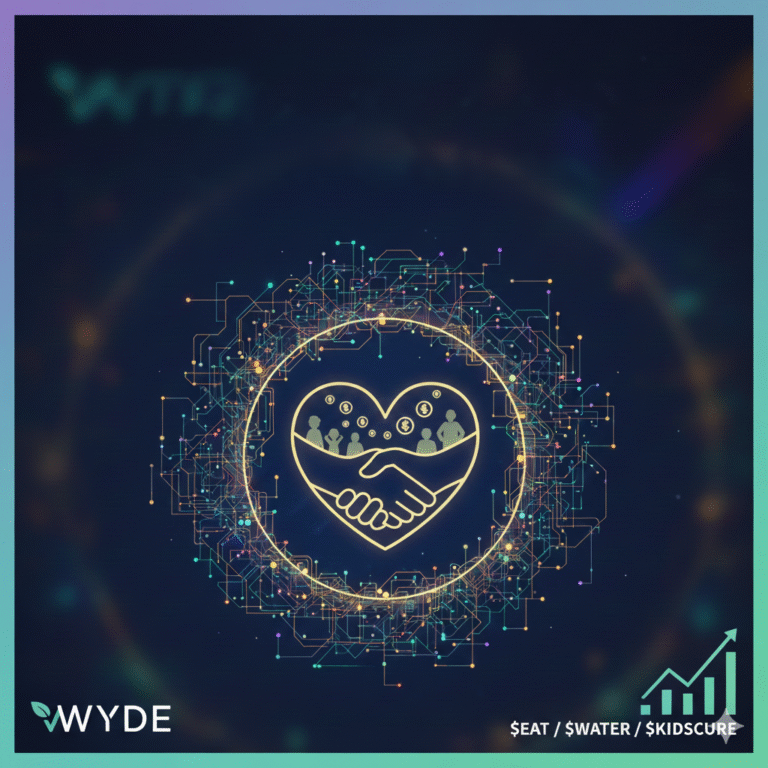

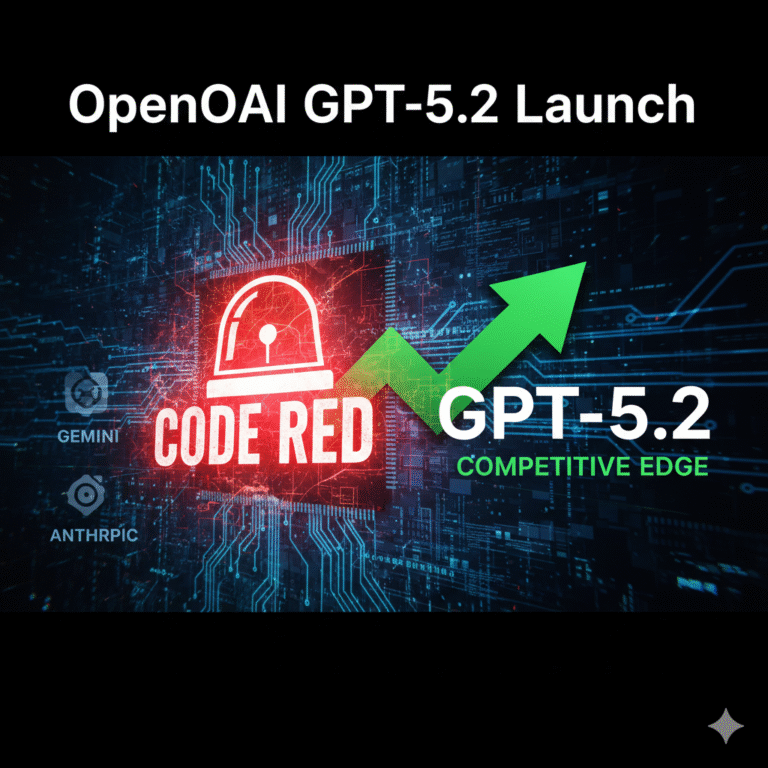
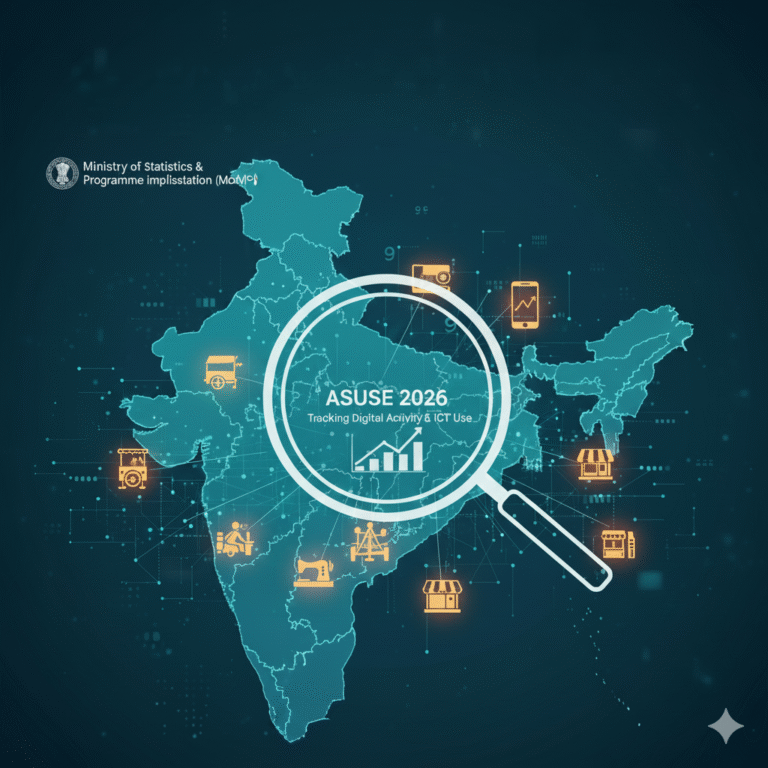
+ There are no comments
Add yours